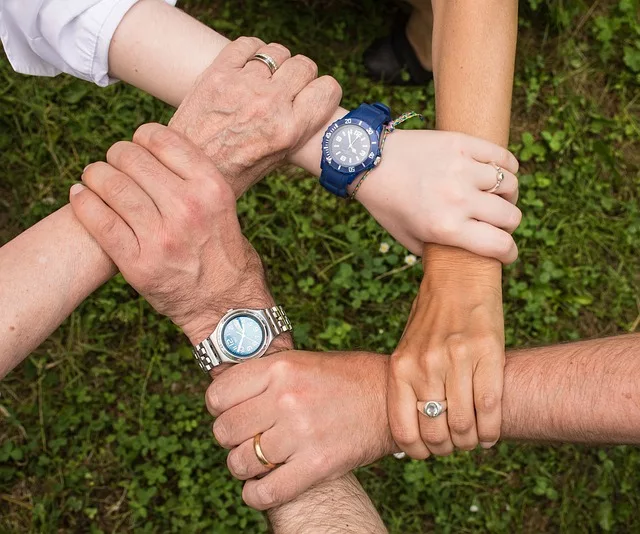In a move that mystified many researchers, the Federal Drug Enforcement Administration (DEA) refused yet again, to loosen marijuana restrictions by reclassifying the plant as Schedule II or lower.

Designated a Schedule I Drug since the passage of the Controlled Substances Act in 1970, the agency considers pot on par with drugs like heroin, cocaine or methamphetamines – substances with no accepted medicinal qualities and a high likelihood for abuse.
The most recent decision, which came down on August 11, widens the gap between the federal government and a growing number of states that allow for the cultivation and sale of medicinal and or recreational pot.
Despite overwhelming evidence of lower toxicity levels compared to all other drugs, the DEA and the Food and Drug Administration (FDA) suggest the Schedule I classification is not about safety.
“The science doesn’t support it,” acting DEA administrator Chuck Rosenberg announced, in reference to marijuana’s potential benefits in coping with pain and diseases, such as glaucoma, epilepsy, fibromyalgia, HIV and cancer. Rosenberg added that both agencies conducted a lengthy analysis and believes their assessment “is tethered to science.”
Researchers disappointed with the decision, balked at Rosenberg’s comments. The irony is that there’s little to no science on marijuana’s medicinal potential precisely because of its Schedule I classification.
The DEA somehow completely missed the point that rescheduling would open up the research and much-needed “science” to fully understand the pros and cons of the plant’s medical benefits.
What Does The Public Think?
The government’s decision diverges from public opinion. A Gallup Poll conducted last year, reported a record number of Americans – 58 percent favor legalizing marijuana. Gallup reported 12 percent support in 1969 when it first presented this question to the public, marking a cultural shift in societal acceptance of marijuana.
The most recent survey also found some of the following:
- Older generations are more supportive of legal marijuana than they were in the past
- Americans 18 to 34 years old are overwhelmingly the largest group in favor of decriminalizing and legalizing pot at 70 percent
- The two largest differences between those in favor or in opposition to looser marijuana restriction are, not surprisingly, age and political party affiliation
Why Is There Little Scientific Marijuana Research?
There are several factors that make it difficult for researchers to study Schedule I substances like marijuana.
Studies on humans require a Schedule I license issued by the DEA, which are notoriously difficult to get. In addition, there’s very little money for research regardless of the field of study.
In relation to drugs, the National Institute on Drug Abuse (NIDA) supplies the largest portion of research funds. A consequence of this Newsweek reported, “NIDA…has a congressional mandate to only study substances of abuse as substances of abuse.” In essence, research attempting to identify and isolate the medical benefits of marijuana is automatically disqualified.
While the DEA failed to reclassify marijuana, the agency did say it would authorize more facilities to grow cannabis for supply to government-approved researchers. A small farm at The University of Mississippi, the only federally sanctioned pot grower, supplied provided samples for just eight researchers in 2015.
“This is a different kind of reefer madness,” writes the L.A. Times Editorial Board. “The DEA could have reclassified marijuana so that it could be treated like a prescription drug…Instead, the DEA opted to keep its policies mired in the 1970s, which will only exacerbate the growing divide between the states and the feds.”
Related:
What is the DSM-5 and How Does it Relate to Substance Abuse?
California’s Adult Use of Marijuana Act
Non-Violent Drug Offenders Might See Early Prison Release





